Origins of the Spring Festival
The Spring Festival, also known as the Lunar New Year or Chinese New Year, is the most important traditional festival in China and a significant celebration in some East Asian regions.
The origins of the Spring Festival are deeply rooted in ancient cultural traditions, closely linked to ceremonial rituals held at the beginning of the year in early Chinese history. According to the ancient text Erya·Shitian, during the Xia and Shang dynasties, people established the concept of the “year” (岁) by observing celestial phenomena, gradually forming a New Year celebration centered around sacrificial ceremonies. These early rituals expressed gratitude to deities and ancestors while embodying hopes for a bountiful harvest, representing the earliest cultural form of what would later become the Spring Festival.
As a festival marking the beginning of the lunar new year, the date of the Spring Festival varies annually, generally falling between January 21 and February 20 on the Gregorian calendar. In 2026, the Spring Festival will occur on Tuesday, February 17.
Traditionally, it was an important occasion for honoring deities and remembering ancestors. Today, it has evolved into a time for family reunions, visiting relatives and friends, and sharing festive feasts.
Chinese New Year Customs and Celebrations
While Spring Festival traditions vary across China, they share a common core: bidding farewell to the old year and ushering in the new, while praying for good fortune. The main traditional activities include:
•Decorations: Putting up couplets and paper-cuttings to create a festive atmosphere
•Ancestral Worship: Honoring ancestors and seeking their blessings
•Reunion Dinner: Sharing a family meal on New Year’s Eve, symbolizing harmony
•Gift-Giving: Distributing red envelopes (lucky money) to convey blessings
•Fireworks: Setting off firecrackers and fireworks to ward off evil and enhance joy
•Performances: Watching vibrant lion and dragon dances for entertainment and good luck
1. Spring Cleaning and Auspicious Red Decorations
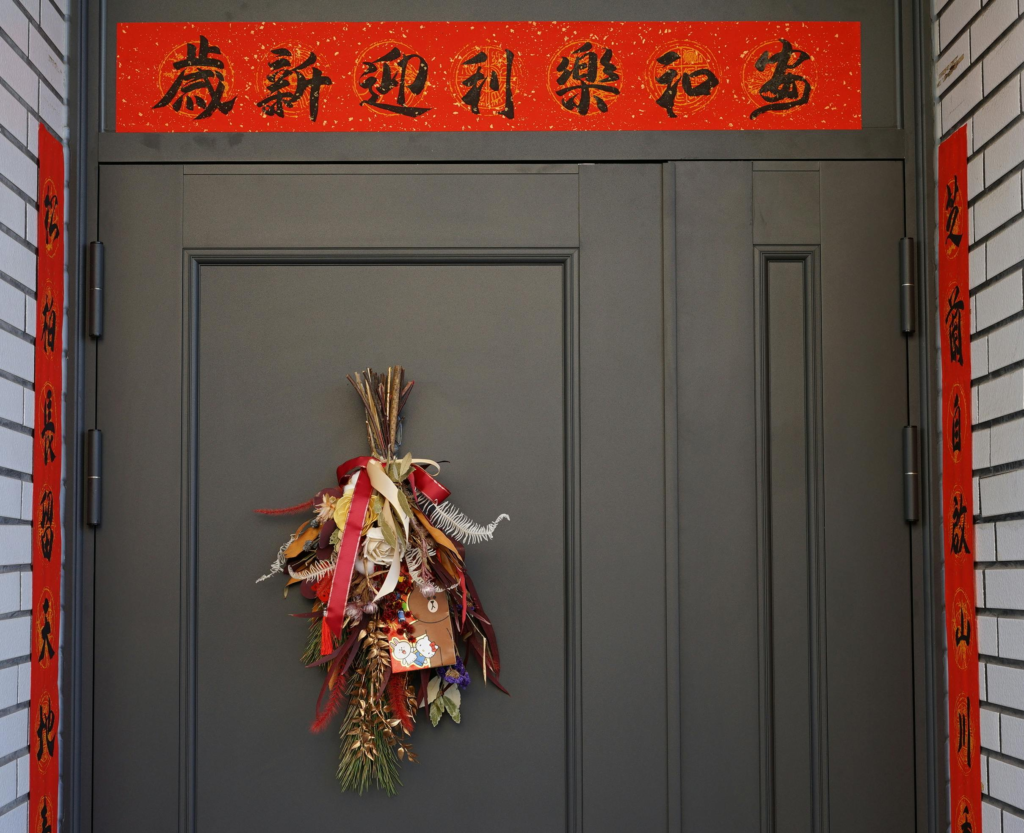
The thorough cleaning before the Spring Festival symbolizes “sweeping away the old and welcoming the new,” clearing out the misfortunes of the past year to make way for the good fortune of the coming one. Red, as the dominant color of the festival, represents vitality, prosperity, and joy. It is believed to ward off evil spirits and negativity while filling homes with a festive atmosphere. Streets are adorned with vibrant red lanterns, and doors are decorated with poetic couplets and New Year paintings, creating a scene of jubilant celebration everywhere.
2.Honoring Ancestors: A Millennia-Old Ritual of Filial Piety

Ancestor worship is an integral ritual during Chinese New Year traditions. On New Year’s Eve, many families visit ancestral gravesites to clean the tombs and make offerings. Before the reunion dinner begins, dishes are first presented to the ancestors as a sign of respect and remembrance. An extra set of tableware is often laid out at the dinner table, symbolically inviting ancestors to join the family celebration—a practice that reflects the Chinese cultural tradition of “honoring the departed and cherishing ancestral ties.”
3.Reunion Dinner on New Year’s Eve: A Warm Gathering of Family
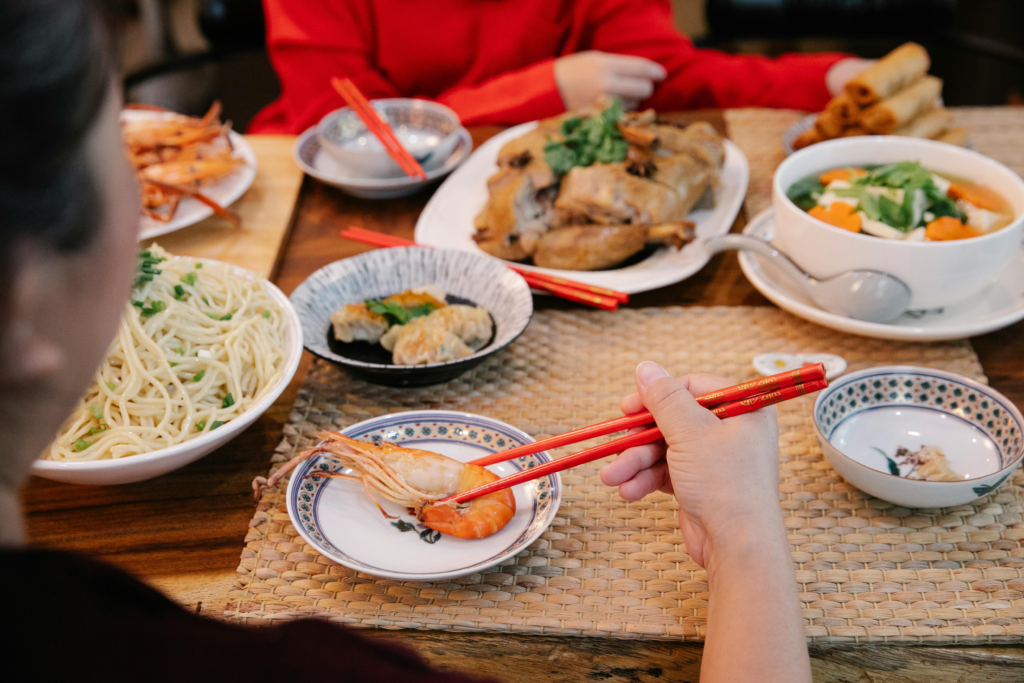
The Spring Festival embodies the deep-rooted Chinese tradition of family reunion, with New Year’s Eve holding special significance as a time to bid farewell to the old and welcome the new. No matter how far apart they may be, returning home to gather with loved ones around the dinner table is a deeply cherished aspiration for every Chinese person. This reunion dinner is not just a feast of delicacies, but a meaningful ritual that celebrates family bonds. Generations sit together around the round table, sharing laughter, delicious food, and heartfelt conversation, fully embodying the true essence of “tuányuán” (family togetherness).
4. The Gift of Red Envelopes: Conveying Blessings

The tradition of red envelopes is an integral ritual of the Spring Festival. Within the crimson packets lies not just monetary gifts, but profound blessings for the healthy growth of children and the well-being of elders. Originally meant to ward off evil spirits, “yasuiqian” (suppressing Sui money) has evolved into a meaningful gesture of care and affection. Beyond these symbolic envelopes, people often exchange festive gifts such as fine wine, tea, fresh fruits, and sweets, allowing the warmth of the season to flow through these thoughtful exchanges.
5.Welcoming the New Year in the Sound of Firecrackers

From dazzling fireworks lighting up city squares to the crackle of firecrackers echoing through rural courtyards, setting off fireworks has become a universal symbol of the Spring Festival that transcends regions. The thunderous sounds carry both the ancient belief of driving away evil spirits and welcoming blessings, as well as people’s heartfelt hopes for the year ahead. As the clock strikes midnight, hundreds of millions of fireworks bloom simultaneously in the night sky, creating one of the most spectacular annual moments in China and across the globe—bringing the festive atmosphere of the New Year to its peak.
6.Dancing for Good Fortune: Dragon and Lion Dances Herald the New Year

During the Lunar New Year, the majestic dances of dragons and lions bring vitality not only to the streets of China but also to Chinatowns around the world. The soaring dragon and the spirited lion, moving in a powerful yet graceful rhythm, are believed to bring forth abundant harvests and favorable fortunes in the coming year. These dynamic performances, together with other traditions such as wearing new clothes, staying up late on New Year’s Eve, and watching the Spring Festival Gala, collectively paint a rich and colorful tapestry of the Chinese New Year celebration.
How Long Do Chinese New Year Celebrations Last?
The traditional Chinese New Year celebration spans 16 days, commencing on New Year’s Eve and concluding with the Lantern Festival.
The most notable dates of the Chinese New Year 2026 are these days:
| Solar Date (2026) | Title | Activities |
| Feb. 10th | Little Year (小年 Xiǎonián) | Thorough house-cleaning and cooking |
| Feb. 16th | Chinese New Year’s Eve (除夕 Chúxì) | Visiting ancestors’ graves, enjoying the family reunion dinner, giving red envelopes, staying up until midnight, and setting off firecrackers and fireworks |
| Feb. 17th | Chinese New Year’s Day 初一 (Chūyī) | Visiting/greeting family and relatives, and giving presents |
| Mar. 3rd | Lantern Festival (元宵节 Yuánxiāojié) | Marks the end of the festival. Lanterns, dragon dances… |
Symbolic Dishes on the Chinese New Year Table
Food is an integral cultural element of the Spring Festival, with each dish carrying profound wishes for the coming year. From New Year’s Eve onward, these symbolic dishes take center stage, infusing the 16-day celebration with festive flavor and meaning.
Fish for Abundance
Fish, a homophone for “surplus” in Chinese, is the highlight of the reunion dinner, symbolizing lasting prosperity and abundance for the household.
Dumplings Shaped like Ingots for Wealth
Resembling ancient silver ingots, dumplings represent wealth and fortune. The act of making them together as a family embodies unity and harmony.
Rice Cake for a Higher Ascent
The sticky rice cake, or niángāo, sounds like “year high,” expressing wishes for career advancement and a sweeter life in the new year.
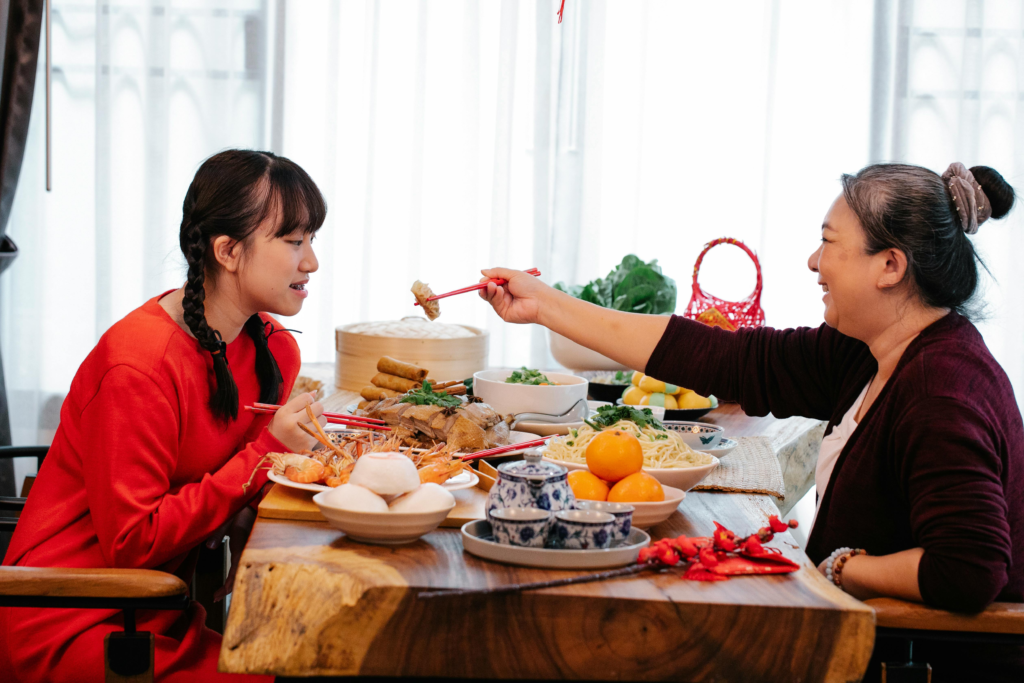
Why Is Chinese New Year Celebrated?
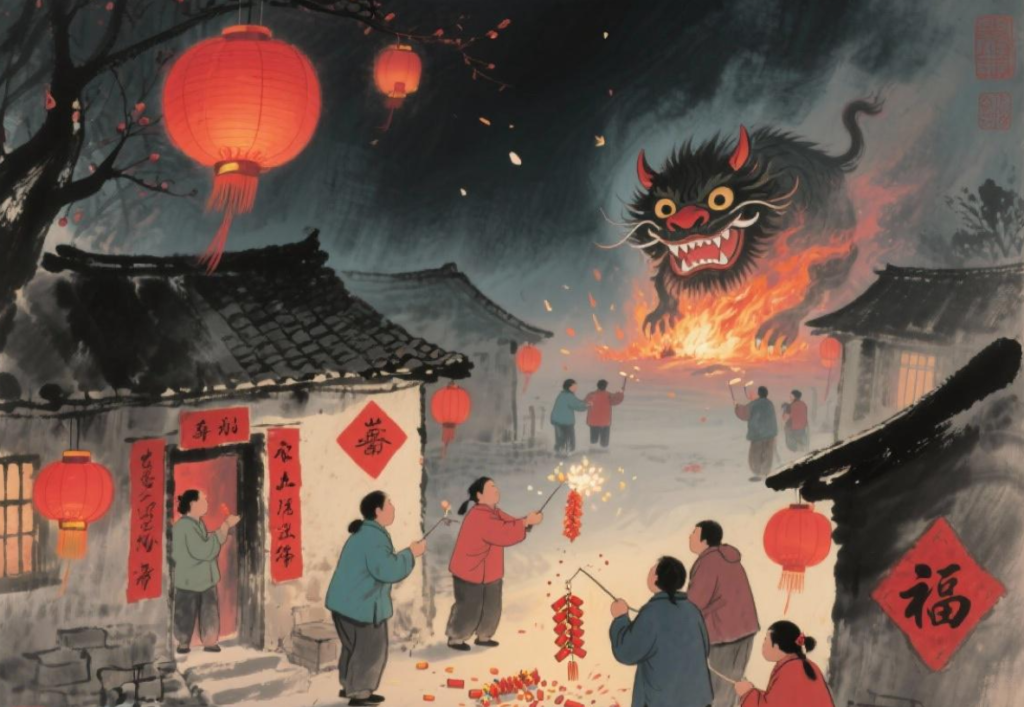
First, legend states that the Chinese New Year stemmed from an ancient battle against the Nian (/nyen/, which sounds the same as ‘year’ in Chinese), a terrifying beast that showed up every Lunar New Year‘s Eve to eat people and livestock. To scare away the monster, people displayed red paper, burned bamboo, lit candles, and wore red clothes. These traditions have been continued until the present time.
Second, it is a celebration of the arrival of spring and the beginning of a new year on the Chinese lunisolar calendar.
Read more on:
The Origin and History of Chinese New Year
The Top 3 Chinese New Year Legends/Stories
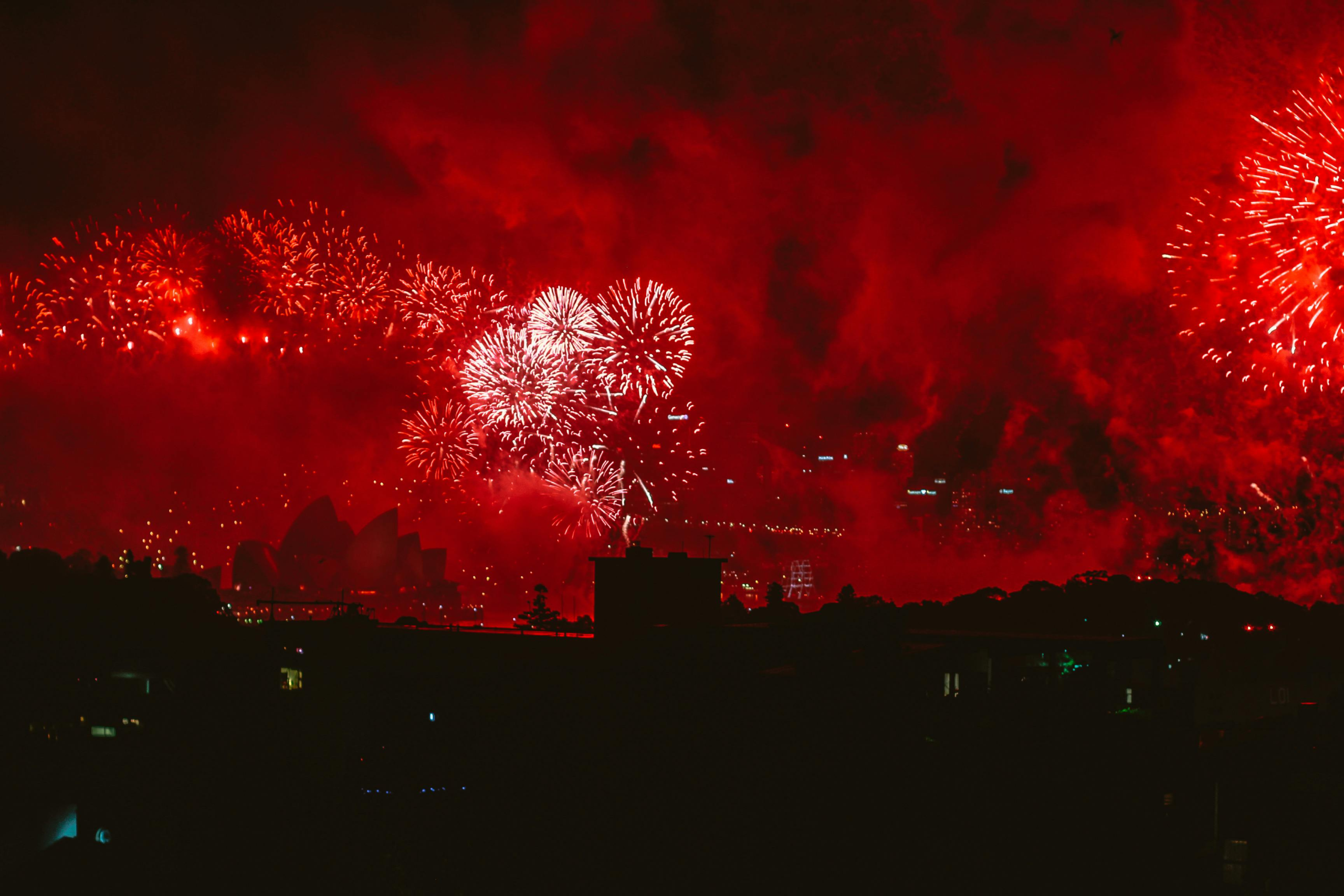

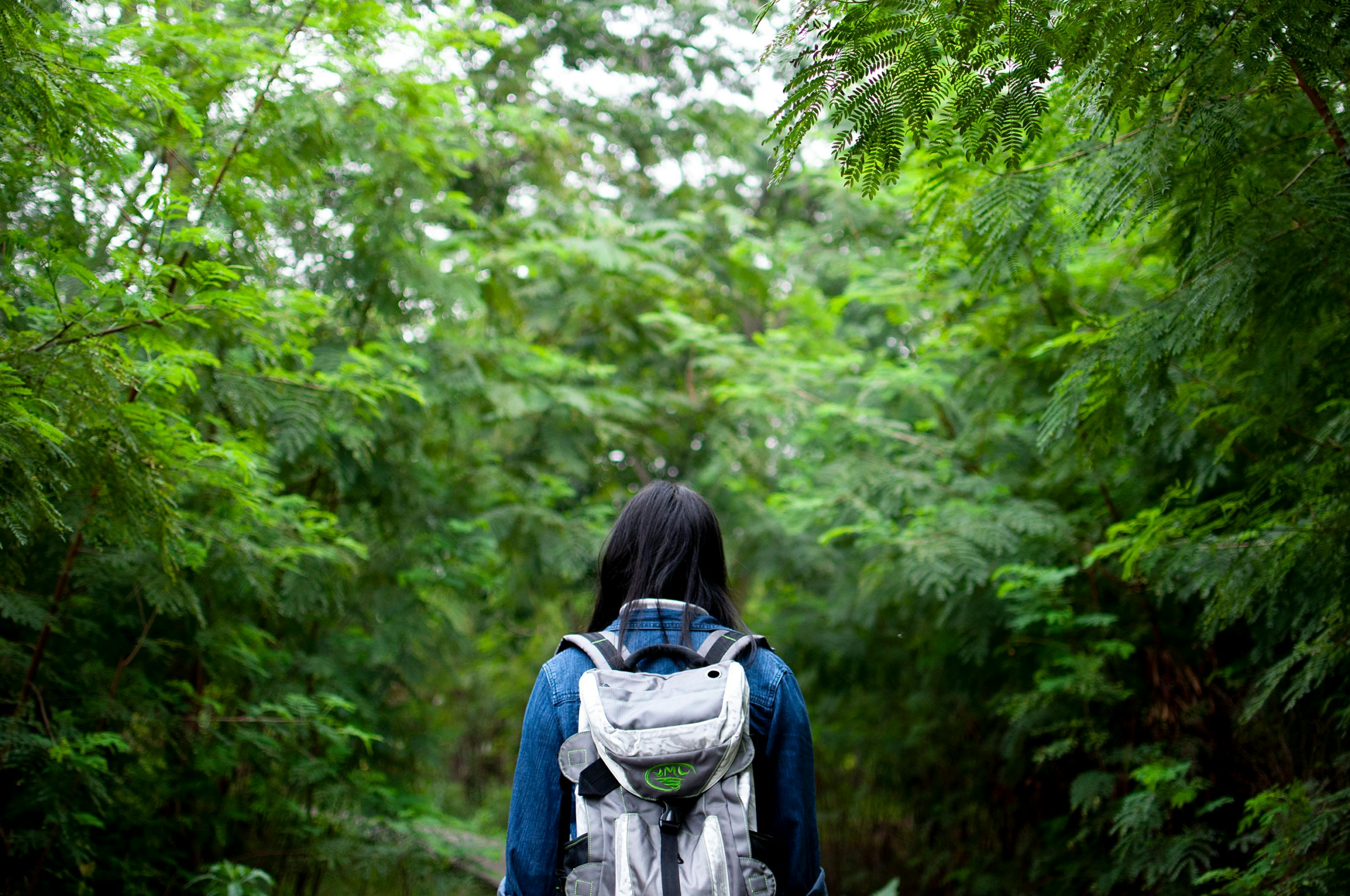
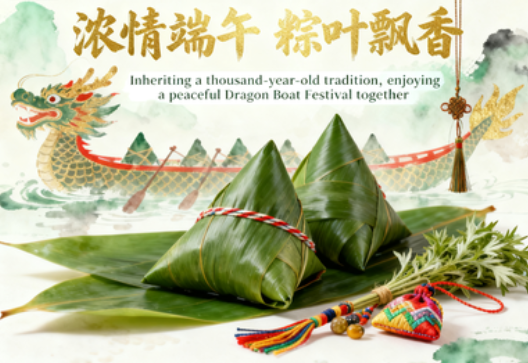
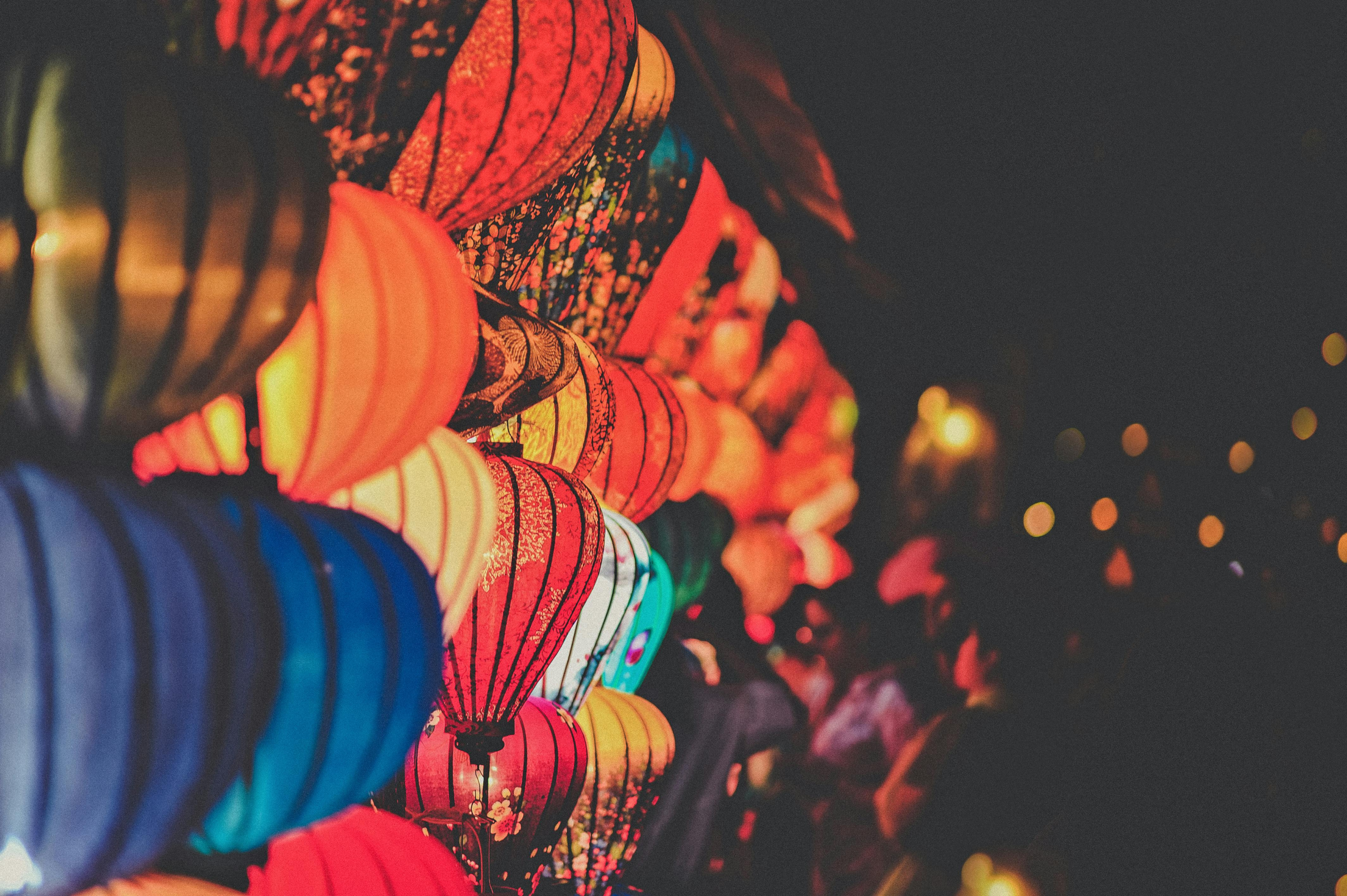
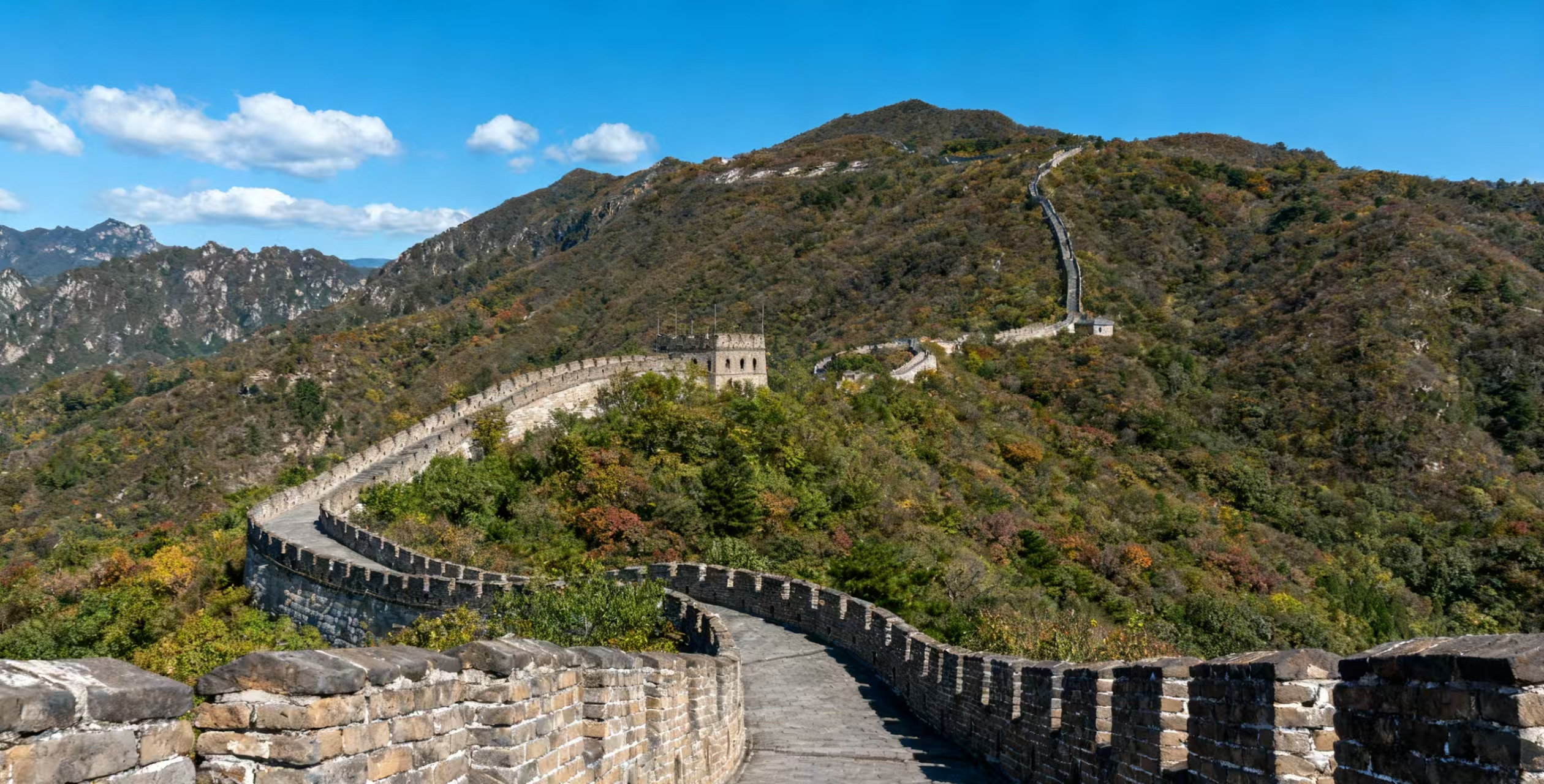

Leave a Reply